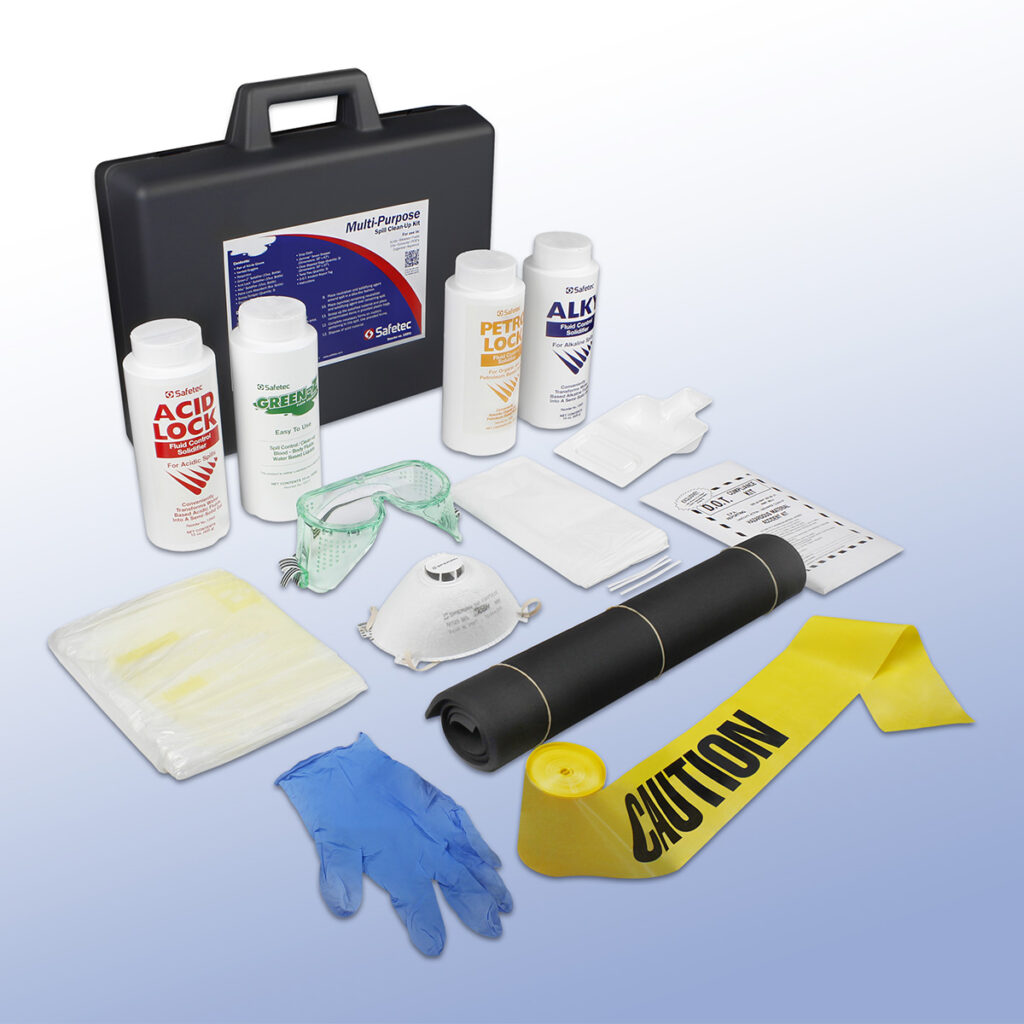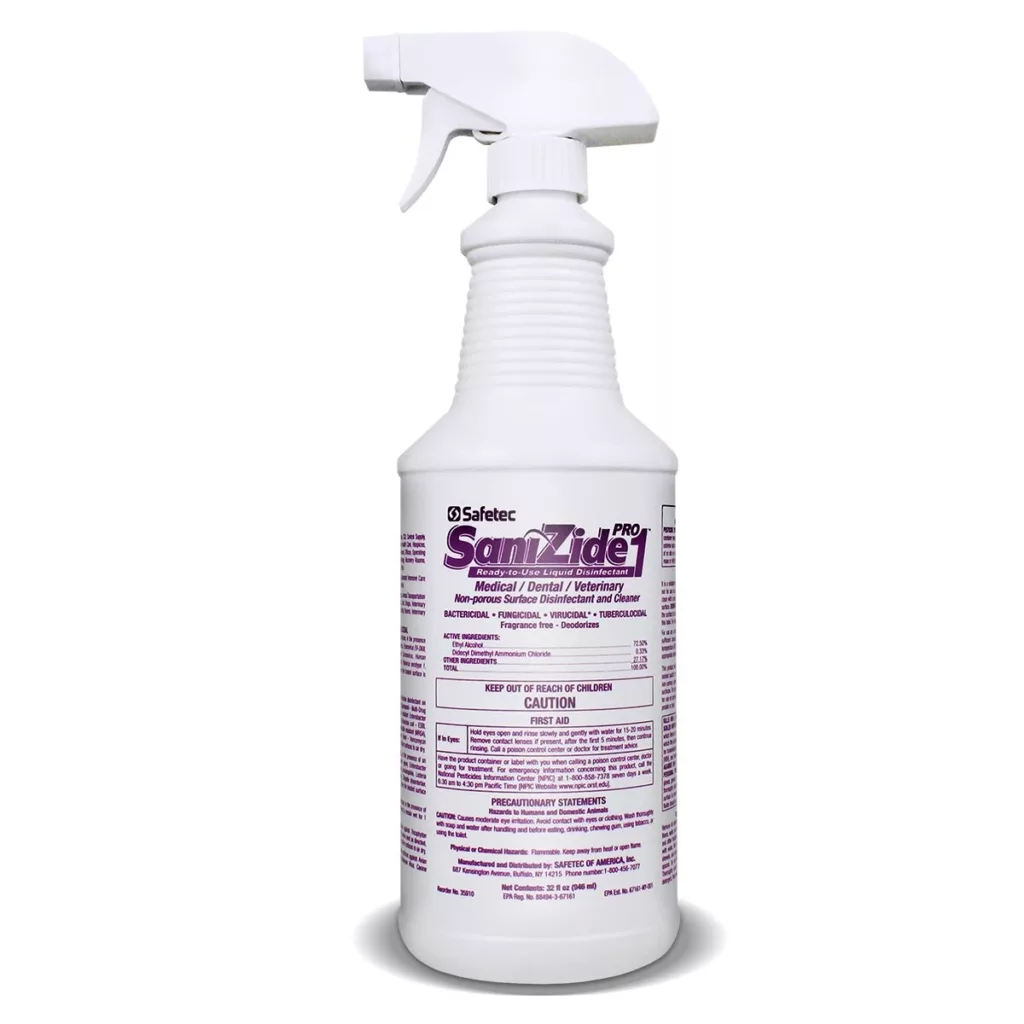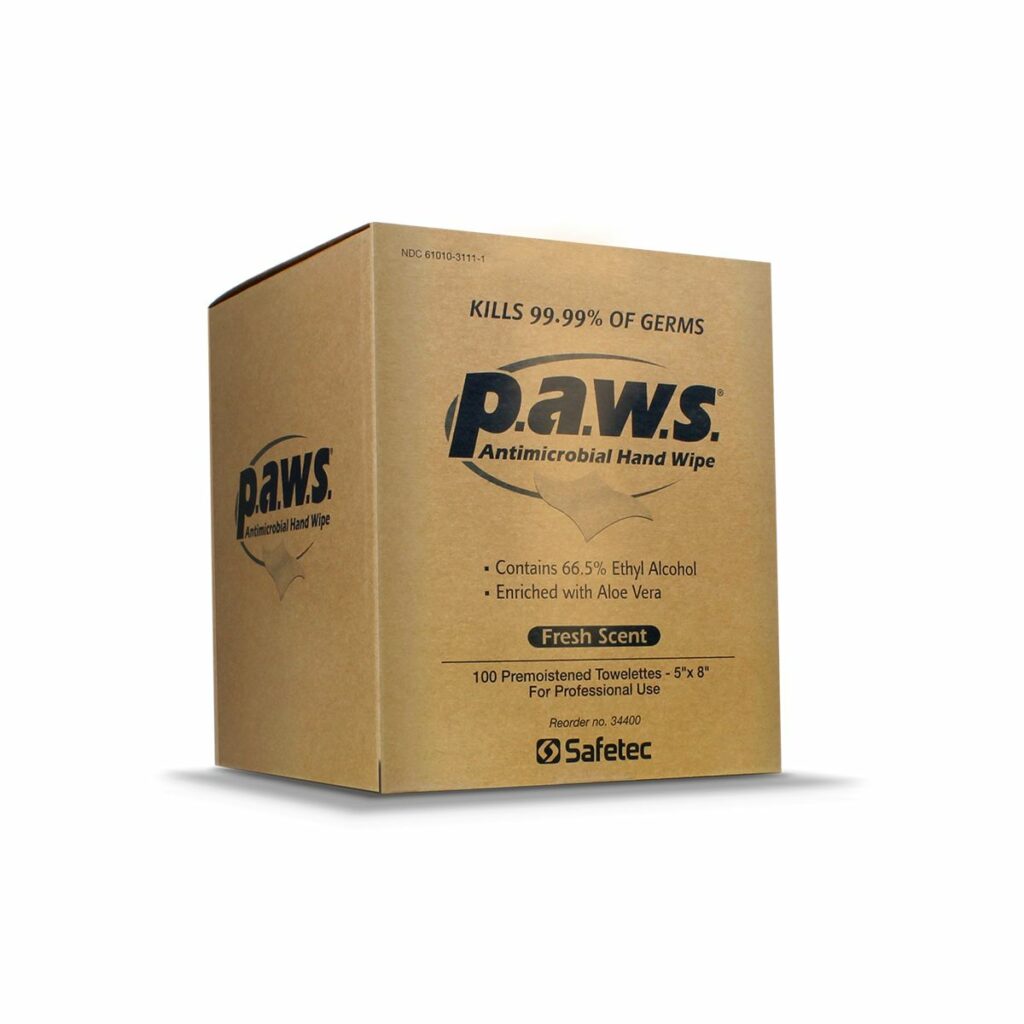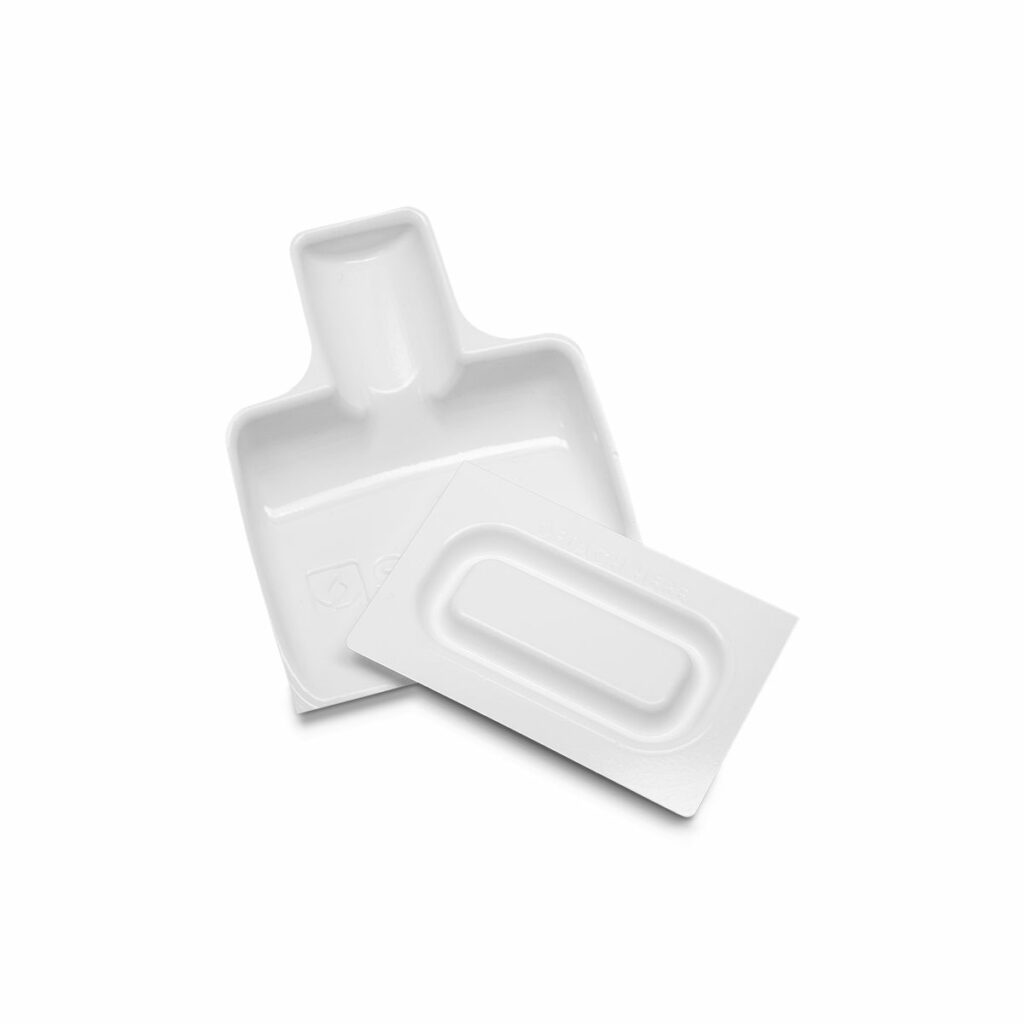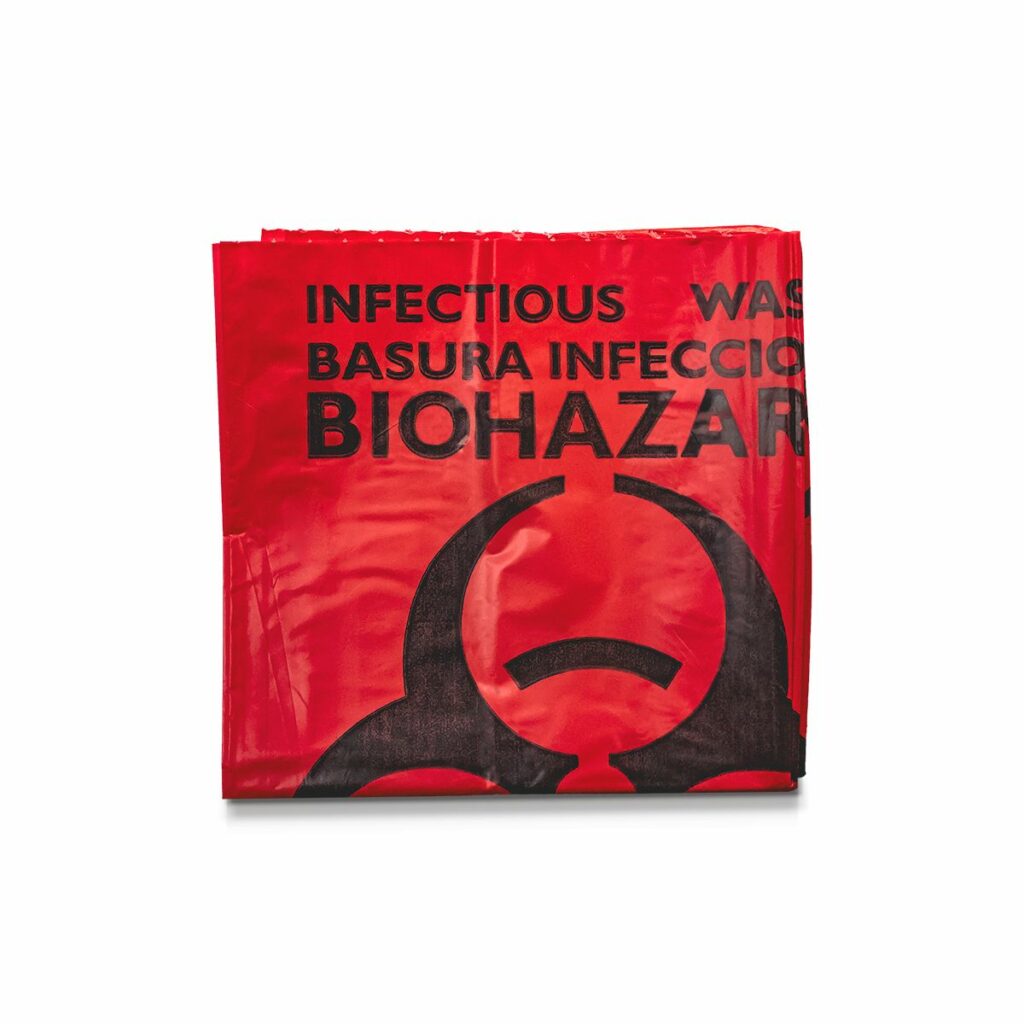Safetec Bloodborne Pathogen Kits
Significantly reduce infectious risk factors your workers face every day from improper blood and body fluid spill clean up with Safetec’s kits.

Kits, Spill Control
Universal Precaution

OSHA Compliance
What is OSHA?
OSHA’s (Occupational Safety and Health Administration) role is to assure America’s workers’ safety and health by setting and enforcing standards, providing training, outreach, and education, establishing partnerships, and encouraging continual process improvement in workplace safety and health.
OSHA sets standards, or rules, that describe the methods that employers must use to protect their employees from hazards.
29 CFR 1910.1030 – Bloodborne Pathogens*
One of those standards is 29 CFR 1910.1030—Bloodborne Pathogens, which requires universal precautions to be observed. Universal precautions are an approach to infection control that treats all human blood and other potentially infectious materials as if they were known to be infectious for HIV, HBV, and other bloodborne pathogens.
Read our blog to learn what 29 CFR 1910.1030 is and how to be compliant.
*The complete Bloodborne Pathogens Standards can be obtained at https://www.osha.gov/SLTC/bloodbornepathogens/standards.html or by contacting OSHA at (800) 321-OSHA
Safetec Spill Cleanup Solutions
Since Safetec’s inception in 1992 amid the AIDS Crisis, our passion has been to protect workers at risk of exposure to blood or other potentially infectious materials. Since then, we’ve produced an entire product line dedicated to keeping people safe from potentially hazardous biological materials.
Significantly reduce infectious risk factors your workers face every day from improper blood and bodily fluid spill clean up with Safetec’s Universal Precaution Compliance Kit. This all in one kit helps meet the OSHA Compliance 29 CFR 1910.1030 Bloodborne Pathogens Standard by combining personal protection, clean up and disposal items mandated by OSHA, CDC, and State Health Departments.


